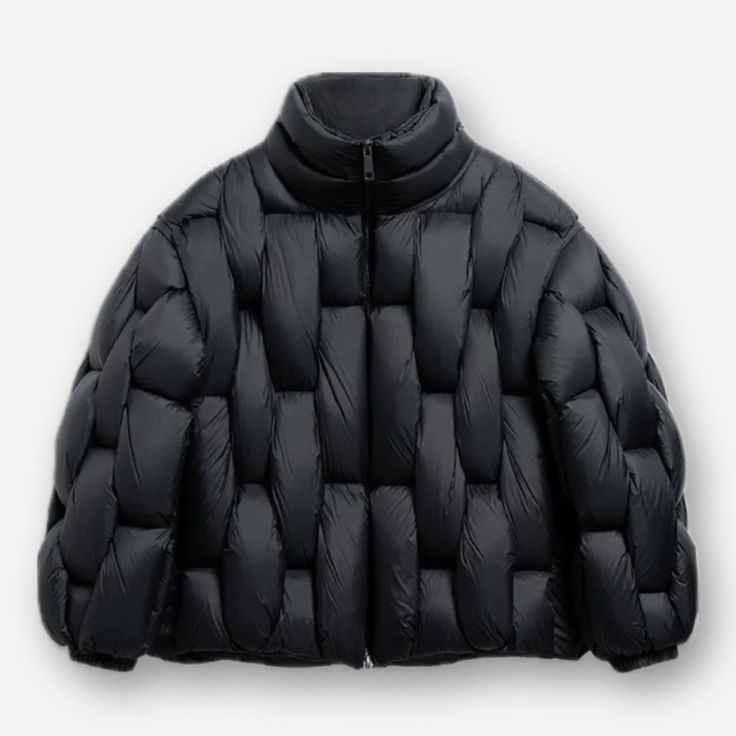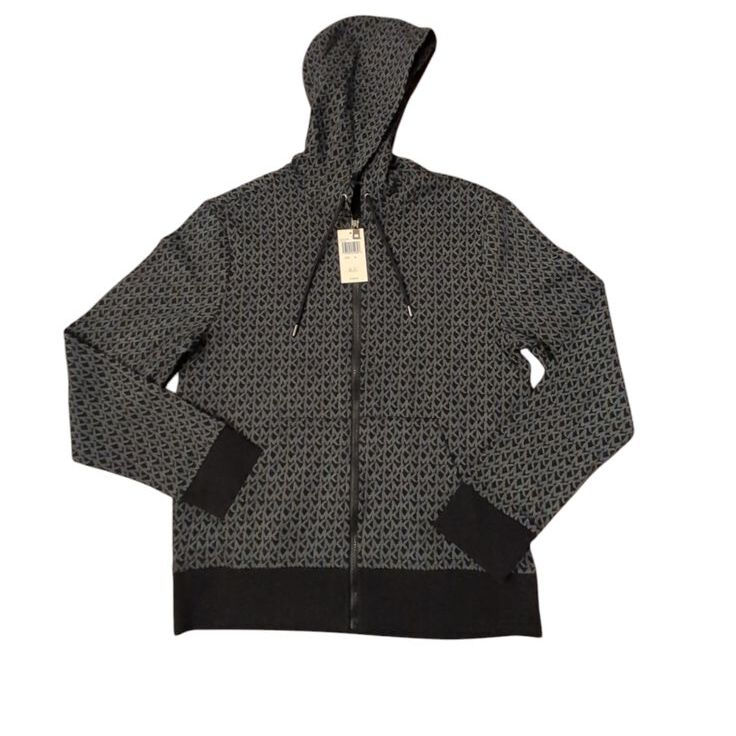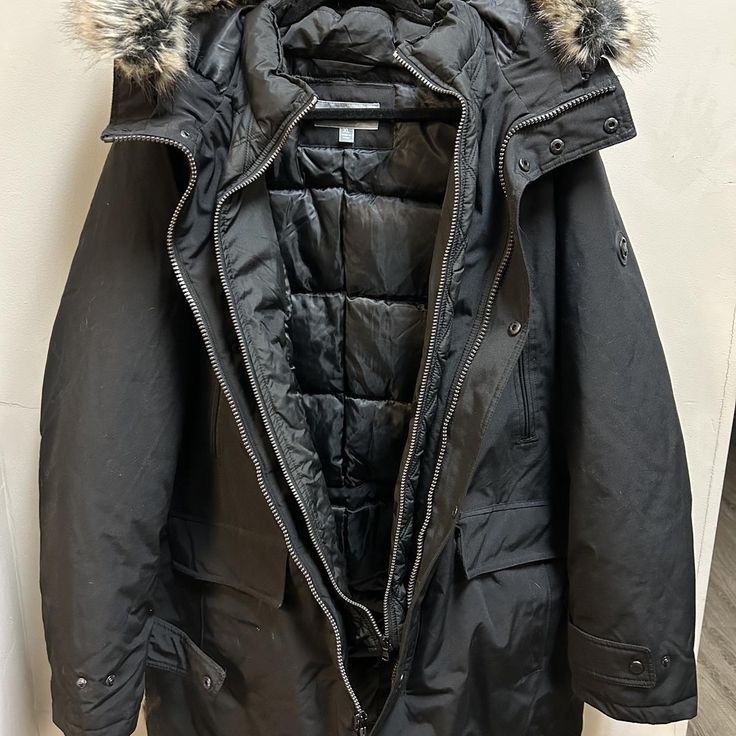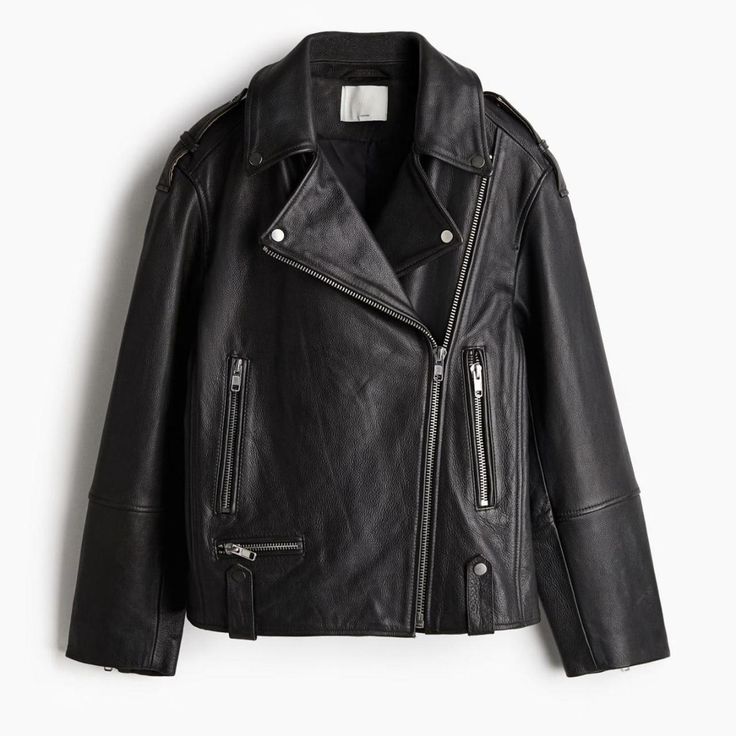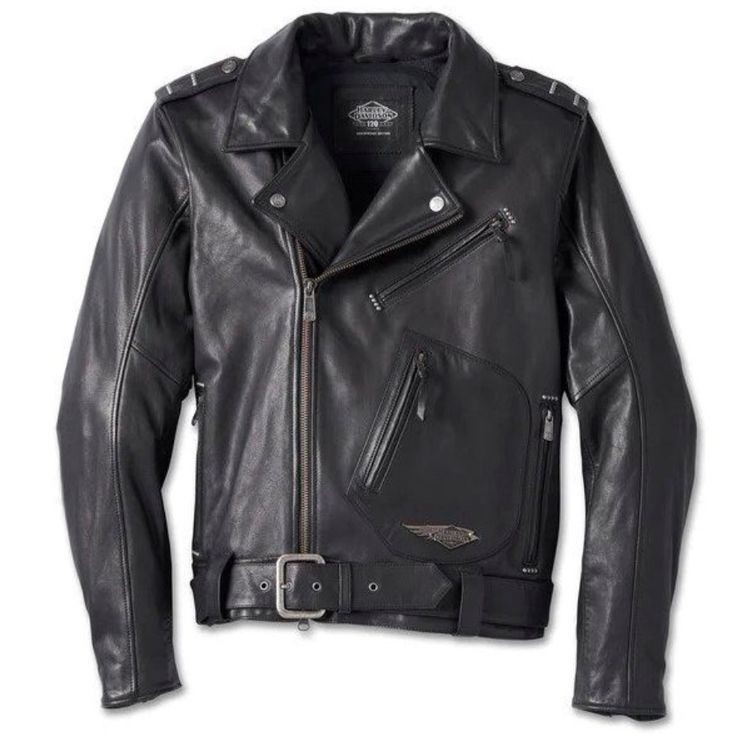
The Evolution of Trench Coats Through History
The trench coat has a storied past. Born out of necessity, it first emerged in the military during World War I. Officers wore them to weather the harsh conditions of the trenches, hence the name. Their practical features made them instantly recognizable. Think of the durable fabric, large lapels, and deep pockets. Soon after the war, civilians adopted the trench coat. It became a symbol of style and sophistication.
As we moved into the 20th century, the trench coat evolved. Filmmakers and actors donned it, contributing to its iconic status. Remember Humphrey Bogart in ‘Casablanca’? Fashion houses then began reimagining the trench coat. They played with different lengths, materials, and colors.
The trench coat’s evolution continued unabated into the 21st century. Designers infused new technology. Waterproofing got better. Shapes and cuts became more diverse to suit various body types.
In 2025, the trench coat still holds its place in fashion’s hall of fame. It retains classic elements but also reflects current trends. The modern trench coat is not just a piece of outerwear. It’s a statement. Innovations have improved functionality without sacrificing style. It adapts as our lifestyles and fashion senses evolve, making the trench coat timeless yet contemporary.

Key Style Features of 2025 Trench Coats
The trench coat in 2025 is a fusion of style and innovation. Key features set these garments apart from their predecessors. Let’s explore the style features that define this year’s trench coat fashion.
- High-Tech Fabrics: The trench coat now comes in advanced materials that offer enhanced durability and water resistance. These fabrics maintain their sophisticated look while keeping you dry in inclement weather.
- Bold Shapes: Designers are experimenting with silhouettes. You’ll see trench coats with oversized lapels or dramatic, flowing lines that cater to a bold aesthetic.
- Customizable Features: Modern trench coats offer adjustable belts and cuffs. This allows wearers to personalize the fit and style to their liking.
- Eco-Friendly Designs: A significant shift toward sustainability means more trench coats feature recyclable or biodegradable materials.
- Minimalist Detailing: In contrast to past designs, the 2025 trench coat often sports a minimalist approach with less hardware and cleaner lines.
- Smart Integration: Some trench coats come with built-in smart technology. This could include GPS trackers or temperature control features to enhance user comfort and safety.
The trench coat’s evolution is a testament to its resilience as a fashion staple. These key style features blend tradition with the spirit of innovation, ensuring that the trench coat remains at the forefront of fashion in 2025.
Choosing the Right Trench Coat for Your Body Type
When selecting a trench coat, it’s crucial to consider your body type. The right fit accentuates your strengths and ensures comfort. Here’s how you can pick the perfect trench coat for your body shape.
- For Petite Frames: Opt for a cropped trench coat. It should end above the knee. This cut avoids overpowering a smaller frame and adds the illusion of height.
- For Tall Individuals: A long trench coat works well. It highlights the length of your body. Ensure it fits well at the shoulders to maintain a sleek look.
- For Curvy Bodies: Go for a trench with a defined waist. Belts or tie features can emphasize your curves. Choose flared cuts to balance your silhouette.
- For Plus-Size Shapes: Look for a straight cut trench coat. It streamlines your profile. Avoid bulky fabrics that add unnecessary volume.
- For Athletic Builds: A double-breasted trench coat suits you. It adds structure and detail to a straight figure.
- For Apple Shapes: Select A-line trench coats. They provide space around the midsection and focus on the legs.
- For Pear Shapes: Pick a trench coat with shoulder details. It draws attention upwards and evens out wider hips.
Remember these tips when shopping for a trench coat. The right choice can enhance your natural shape and boost your confidence. Go out and find the trench coat that makes you look and feel great.

Trench Coat Materials and Sustainability in 2025
The year 2025 marks a new era for trench coat materials. Makers have taken large strides in sustainability. Here’s a look at what’s changed and why it matters.
- Eco-Friendly Fabrics: The fashion industry is embracing green practices. Trench coats now feature materials that are kinder to the planet like recycled polyester and organic cotton.
- Durability: A sustainable trench coat also means longer-lasting wear. Materials are chosen for their ability to withstand time and trends, so your investment is sound.
- Reduced Carbon Footprint: Producing trench coats with eco-friendly materials lowers the carbon footprint. It’s a step towards a cleaner fashion future.
- Biodegradable Options: Some trench coats can return to the earth after their use. These innovations reduce waste and promote a cycle of renewal.
- Water Conservation: Water usage is down in producing the fabrics for trench coats. New methods save this vital resource.
- Transparent Supply Chains: Brands are opening up about where and how they source materials. This makes it easier for you to make informed choices.
Trench coats in 2025 are not just fashionable. They are part of a larger movement to make clothing that respects the environment. Fashion enthusiasts can wear their trench coats proudly, knowing they are supporting sustainable practices.
Color Trends and Patterns for Trench Coats in 2025
The year 2025 brings exciting changes to trench coats colors and patterns. Trendsetters and designers steer away from the classic beige. Here are the fresh color trends and patterns that define trench coats in 2025:
- Vibrant Hues: Bright colors are in. Look for electric blues, fiery reds, and sunny yellows. These colors make the trench coat a statement piece.
- Pastel Palette: Soft pastels offer a gentle alternative. Think lavender, mint green, and pale pink. They give a fresh and clean look to your outfit.
- Earth Tones: Colors like olive green, terracotta, and sandy browns reflect a natural vibe. They pair well with a variety of other clothing items.
- Metallic Shades: Silver and gold trench coats catch the eye. They work great for evening wear.
- Bold Patterns: Large checks, stripes, and even animal prints are trending. Patterns add a playful twist to the classic trench.
- Mixed Materials: Some trench coats combine different fabrics and textures in various colors. This contrast adds depth to the design.
- Color Blocking: Trench coats with sections of contrasting colors are on trend. They offer a modern and artistic flair.
Patterns and colors can change the entire look of a trench coat. When you select a trench, consider how its color and pattern complement your personal style. Combine trendiness with your unique taste to create a look that’s all your own.

How to Accessorize with Trench Coats
Accessorizing your trench coat can take your outfit to the next level. Here’s how to do it:
- Scarves: Add a pop of color or a dash of elegance with a scarf. Choose a material that contrasts with your trench coat for a striking look.
- Belts: Swap out the standard belt for one that stands out. Think bright colors or unique textures. This can define your waist and add personal flair.
- Hats: Pair your trench with a sleek fedora or a cozy beanie. Hats not only serve a practical purpose but also introduce another style element.
- Jewelry: Bold jewelry, like chunky necklaces or large earrings, complements the trench coat’s clean lines. However, keep it balanced; too much can overwhelm.
- Footwear: Boots or high heels enhance the trench coat’s classic style. Opt for a color that matches or tastefully contrasts with your coat.
- Bags: A high-quality handbag or a trendy crossbody bag pairs well. Make sure it’s both stylish and functional.
Remember, the key is cohesion. Your accessories should harmonize with the overall look of your trench coats and the rest of your attire. Play with textures, colors, and styles to express your fashion sense while staying true to the trench coat’s timeless appeal.
Adaptability with Other Fashion Trends
Trench coats are a staple, blending with various fashion trends with ease. In 2025, the adaptability of trench coats is unmatched. They go well with a range of styles, from casual jeans to formal dresses. Here’s how to incorporate trench coats into different fashion trends:
- Street Style: Pair a classic trench coat with streetwear essentials, like sneakers and graphic tees. This mix is both edgy and elegant.
- Boho Chic: Layer a flowy trench over bohemian dresses. Add ankle boots for a perfect boho ensemble.
- Minimalist: Stick to a monochrome look. Match a sleek trench coat with similar shades for an understated yet sophisticated outfit.
- Athleisure: Combine comfort with style. Wear your trench over leggings and a sports top for a trendy, sporty vibe.
- Workwear: Reinvent office attire. Team a structured trench coat with tailored trousers and a button-up shirt.
- Evening Elegance: Ready for a night out? Drape your trench over a cocktail dress. It’s functional fashion at its finest.
- Layering Mastery: Use your trench coats as the ultimate layering piece. It works over chunky sweaters and long sleeve shirts, adding warmth and style.
The right trench coat fits with all 2025’s fashion waves. It’s the hero piece that transitions across seasons and styles. Remember to choose one that aligns with your personal style and you’ll be making fashion statements all year round.













